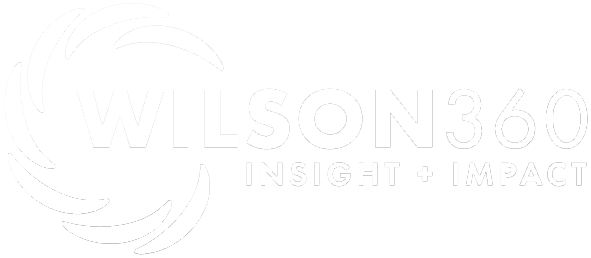
Inflation Strategies
Inflation is the highest it has been since 1982. Most of you were not in business then, but I was. What left an impression on me was how difficult it was to maintain profit. As a business owner, the most difficult decision to make with inflation is whether to raise prices to keep up. Small businesses in particular say they have no other way than to pass increases downstream to end users. Wrong! Looking back, this isn’t the only strategy that will help you offset higher costs.
Take this year for example. Inflation started taking off in spring 2021. We reacted by increasing our prices for 2022 contracts. We had already been increasing prices because labor costs rose in the preceding 3-4 years. In addition, owners are also spending more to attract qualified candidates for open positions. But inflation was something else entirely.
We now know that the consumer price index has risen 7.5 as of January 2022. For 2021, the Producer Price index rose 9.7. Many economists say the Producer Price index is a better metric for contracts because it reflects the selling prices received for services and products produced by the seller.
Here is the problem with raising prices, especially with respect to maintenance contracts. Say for 2022, you raise prices somewhere between 7.5-9.7%. You raised your price to what it was costing you last year, if those percentages truly reflect your actual cost increases. I know labor probably went up more than that. You should be tracking your average hourly wage weekly to see what is really happening. Fuel is a significant cost to your company directly for vehicles and equipment. It also hits you indirectly in materials because they all are shipped to you from somewhere.
With enhancements and construction, you can raise prices as you bid the work because it will be performed soon thereafter. If you are bidding larger construction jobs that are prone to getting pushed out due to delays which you have no control of, it is important to have price protection language in any contract you sign.
In less inflationary times, adjusting bidding prices for materials and plants once or twice a year has been within reason. However, with supply chain disruptions causing problems across the board, materials pricing needs to be adjusted more frequently to offset reduced inventories.
Now we all know that we do not receive all of the price increases we ask for. So, your actual price increases across your book of business is most likely a little lower. This is why you cannot keep up on price increases only. You must simultaneously decrease cost or wring greater efficiencies from your organization and tighten up overhead.
Before raising prices again, consider other ways to offset the impact of inflation.
The worst part of the current inflation numbers is that the Federal Reserve will raise interest rates. Forecasts now predict likely recession in 2023. If that happens, and inflation does not come down quickly, you might end up having inflationary pressures and a stagnant economy. This all suggests belt tightening and maintaining good cash position.
Good companies ride out these times by being disciplined, intensely managing their finances, keeping losses at a minimum and focusing on keeping customers and revenue, despite price increases and short staffing.
As much as owners can apply strategies to keep business operations running smoothly, customers are also coping with financial pressures of inflation. To adjust, owners need to find ways to deliver greater value or double down on performance. It’s important to stay vigilant and keep a close eye on buying behavior in order to be prepared and respond to customers cutting back, deferring projects or other negative shifts in spending.
Now more than ever, a focus on value-driven relationships, coupled with prudent financial management, is a winning combination. When things stabilize, owners that lead with this approach will be in a stronger position to restart, while the companies weakened by inflation-related events will be less able to capitalize when the situation improves.
Reprinted with permission. GIE Media. Lawn & Landscape April 2022 (c)

